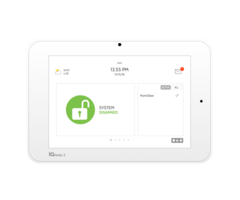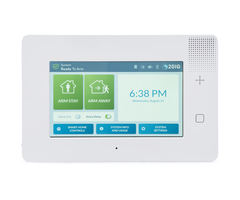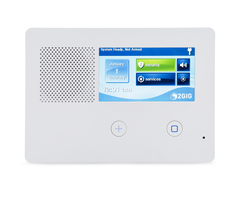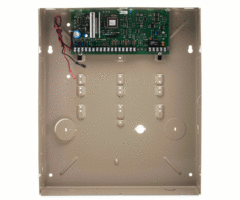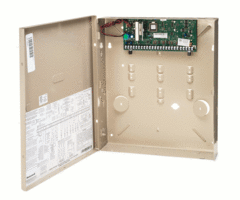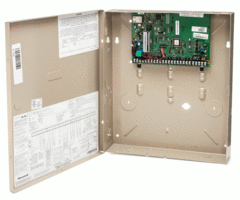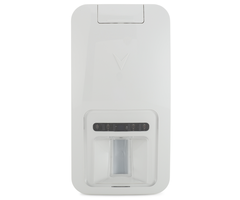An Example of a Sensible Alarm Registration Policy - Pompano Beach, FL
Posted By Michael GorisI don't usually get the opportunity to talk about my personal life very often in this blog. But today, I wanted to briefly share my personal experience registering an alarm system in Pompano Beach, FL. Specifically, I want to focus on the sensible alarm registration policy in the city.

Earlier this year, I had the fortune of purchasing my first home, located just half a mile from the Alarm Grid headquarters. Along with this purchase came a brand-new Honeywell Lyric Security System and monitoring service from Alarm Grid. Maybe someday I'll show the inner workings of my home security setup. But for now, I just want to talk about the positive experience I have had in registering my system with the city of Pompano Beach, FL. This is truly an example of a local alarm authority maintaining a very reasonable policy.
As the operator of a monitored security system in Pompano Beach, FL, I am required by the local jurisdiction to register my system annually with the city. The annual registration fee is a mere $25, and it covers me until December 31st of the same year. This struck me as very reasonable, and I do not believe that it would deter anyone in my community from protecting their home with a monitored system. But the aspect that left me quite impressed was the professional and sincere follow-up that I received after registering.
Upon receipt of my payment, the city of Pompano Beach, FL sent me a welcome letter to verify registration. It included a decal that I can display outside to verify that my system is registered with the city. The welcome letter itself was also very informative in its own right. This message specifically mentioned the importance of regularly testing a security system, complete with a reminder to place the system on test mode with the central station first. The letter went on to present a long list of common causes of false alarms. It even made specific mention of motion detection sensors, which, as a security professional, I am very well aware of how they can cause problems if not installed properly.
The letter ended on a rather serious note, as it mentioned that less than 2% of the alarms that the local police and fire departments respond to are actual emergencies. It urged users to do their part to reduce the false alarm rate by receiving proper training from the alarm provider. Luckily for me, my monitoring provider is also my employer, so I have received plenty of training in preventing false alarms. But I can easily see a typical homeowner who isn't experienced in using a system making a mistake and potentially causing a false alarm.
Taking a step back, I honestly think that my city has a very sensible methodology in handling security systems. There isn't an extreme "verified response" policy, and the local authorities will respond to any alarm event. I believe that this is important for members of the community to feel safe in their homes and to place trust in those who protect and serve. But at the same time, my city acknowledges that false alarms are a legitimate problem, and system users are urged to do their part to prevent them. I think that is very reasonable, as we must all do our part to not abuse the system and waste the time and resources of our local authorities.
Out of curiosity, I looked up the false alarm fining policies for Pompano Beach, FL. It turns out that the first three (3) false alarm events within one (1) calendar year, provided that the system is registered, will result in warnings. The fourth (4th) false alarm within a year will result in a $25 fine, the fifth (5th) will result in a $50 fine, and the sixth (6th) and all subsequent false alarms within the year will each result in a $100 fine. Again, I am fine with this policy, as causing more than three (3) false alarms with a year is pretty foolish, and by that point, a user probably should be fined if they have not corrected the problem.
I might take a closer look at the letter and its fine details another time. But I will end this post by saying that I am proud of my city for taking a very reasonable approach to what is a well- known issue. Alarm Grid does its part to stop false alarms by working to train its customers in operating their security systems responsibly. We strongly advise checking this guide to false alarm prevention, as it provides a plethora of tips to ensure that you're not the one increasing the false alarm rate.
You can also email us if you have any questions or concerns about using your system. We are always happy to talk about false alarm prevention so that you can feel confident your day-to-day security system interactions. Monitored Alarm Grid customers should email support@alarmgrid.com with any questions they might have. This email is also good if you are interested in starting new monitoring service to protect your home or business. We check our email from 9am to 8pm ET M-F. We look forward to hearing from you and helping you prevent false alarms!



